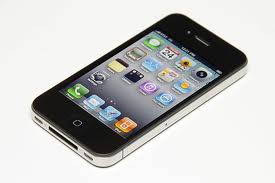
Within this diversity of approaches, facelifting has also undergone an explosion of marketing and promotional efforts largely based on terminology. The naming of a facelift is as diverse and creative as the operation itself. Almost all the names revolve around the concept of facelift surgery that is either less invasive, is done more quickly, involves less recovery or looks more natural. Just when I thought I had heard or seen of every conceivable name and approach for a facelift, alone comes a new one.

Such sightings presumably may induce some people to consider having a facelift, hence the name the Facetime Facelift. I would not doubt that in a few rare instances this may be the final straw to call to make a consultation with a plastic surgeon. Most of us only occasionally get a prolonged look at our face in the mirror in the morning or in pictures. This is another opportunity for some critical facial analysis.
One touted benefit of the Facetime Facelift is that the scar for it is not under the chin where it can be seen but behind the ears. This is a curious benefit of this procedure since every facelift places incisions around and in the ears. Many full or more complete facelifts use a submental (under the chin) incision to remove neck fat and tighten the platymal muscle. But this incision heals superbly and would never be seen even when looking at oneself in the mirror, let alone on Facetime or Skype. The originality of the Facetime Facelift appears to be in its name and not the procedure itself.
Dr. Barry Eppley
Indianapolis, Indiana



